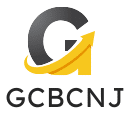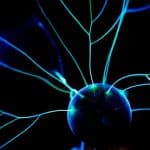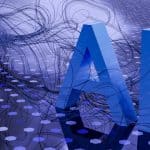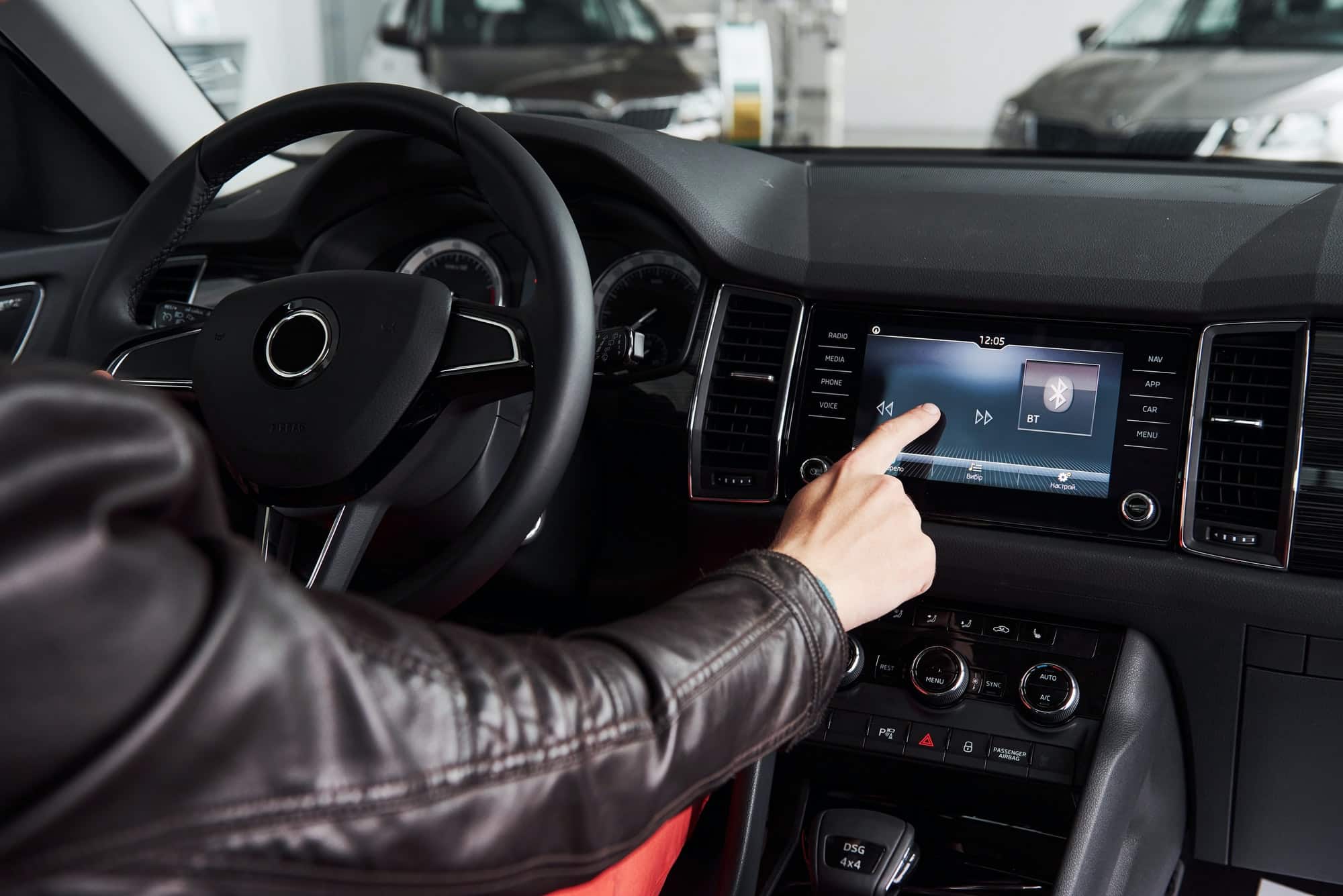The advent of Internet of Things (IoT) technology has taken the world by storm, and the water management sector is no exception. Today, IoT is being employed in various systems to monitor water consumption and help conserve this precious resource. But how exactly does this technological revolution contribute to water management? Let’s delve into the heart of this topic and explore how IoT is transforming the way we monitor water usage, optimize resources, and ensure water quality in real-time.
Understanding IoT in Water Management
The Internet of Things (IoT) is a technology that allows objects, devices, and systems to interact and exchange data over the internet. In the case of water management, it involves the use of smart sensors and meters to collect and analyze data about the flow, consumption and quality of water in real time.
Lire également : What Is the Impact of IoT on Remote Learning and Education?
IoT solutions for water management come with numerous benefits. Not only do they provide precise and updated information about water consumption, but they also help in identifying any inefficiencies or leaks in the system. Moreover, they assist in managing water resources more effectively, leading to significant cost savings and better conservation efforts.
The Role of Smart Sensors in Water Monitoring
One of the key elements in any IoT system is the use of smart sensors. These devices are responsible for collecting data about various parameters associated with water usage. This may include flow rate, temperature, pressure, and even the level of certain pollutants. The data collected by these sensors is then sent to a central system for analysis and decision-making in real time.
Dans le meme genre : What Role Does IoT Play in Streamlining Retail Inventory Management?
For instance, flow sensors can be used to detect any unusual spikes in water consumption, which might indicate a leak in the system. Similarly, quality sensors can help in monitoring the level of pollutants in the water, thereby ensuring that the water quality is up to the mark at all times. The real-time data provided by these sensors can be crucial in preventing wastage and promoting efficient usage of water.
IoT and Smart Water Metering
The traditional method of manually reading water meters is not only time-consuming but also prone to errors. However, with the introduction of IoT in water management, smart water metering has become a reality.
Smart water meters are capable of recording consumption data and transmitting it to the utility company in real time. This allows for accurate billing and eliminates the need for manual meter reading. Smart meters also provide consumers with detailed insights into their water usage patterns, helping them identify areas where they can cut down their consumption and save money.
Moreover, the use of smart metering solutions can significantly help in detecting leaks early on. Any sudden and unexplained increase in water usage can be a sign of a leak, and the real-time data provided by smart meters can help in identifying and addressing such issues promptly.
The Power of Data in Water Management
Data is at the heart of any IoT system. The numerous sensors and meters involved in water monitoring generate a massive amount of data. This data, when analyzed and interpreted correctly, can provide valuable insights into water usage patterns, system inefficiencies, and potential areas of improvement.
For instance, data analysis can reveal patterns in water consumption at different times of the day or during different seasons of the year. This information can be used to manage water resources more effectively and ensure that there is adequate supply when and where it is needed most.
Furthermore, the data collected by IoT systems can also be used to predict future water consumption trends. This can assist in strategic planning and resource allocation, ensuring that there is always enough water to meet the demand.
Ensuring Water Quality with IoT
Ensuring the quality of water is another crucial aspect of water management. IoT technology can play a significant role in this regard by enabling real-time monitoring of water quality. Sensors can be installed at key points in the water supply system to continuously monitor the level of different contaminants. The real-time data can be used to take immediate action in case of any deviations from the acceptable levels.
Moreover, IoT can also contribute to improving the efficiency of water treatment processes. For instance, data collected by sensors can be used to optimize the use of chemicals during the treatment process, thereby reducing costs and minimizing the environmental impact.
In conclusion, IoT is revolutionizing water management in more ways than one. From monitoring consumption and ensuring quality to optimizing resources and preventing wastage, IoT technology holds immense potential in the field of water management. While we are only scratching the surface of what is possible, it is clear that IoT will continue to play a pivotal role in conserving our most precious resource.
IoT in Predicting and Addressing Water Scarcity
One of the pressing global issues that IoT technology addresses pertinently is water scarcity. Through accurate monitoring of water usage and real-time data analysis, IoT in water management can help predict potential water shortages and facilitate proactive measures for water conservation.
Complex algorithms can be developed to analyze the vast datasets generated by IoT devices to spot patterns and trends in water consumption. These patterns can be accurately used to predict future water demand. Moreover, understanding these patterns can also help in devising efficient water distribution strategies, ensuring that water reaches areas where it’s most needed.
IoT technology can also help in detecting and addressing potential issues within the water management systems. For instance, it can help identify areas of high water consumption or wastage. This will enable utility companies and authorities to implement targeted water conservation strategies, such as public awareness campaigns or incentives for reducing water usage.
Furthermore, IoT can aid in better understanding of precipitation patterns and groundwater levels. By collecting and analyzing this data, it is possible to predict potential periods of drought and take necessary precautions in advance. This can be a game-changer in areas prone to frequent water scarcity, helping in effective planning and management of water resources.
Leveraging IoT for Sustainable Water Management
IoT’s potential in water management does not end with merely monitoring water consumption and quality. It also significantly aids in developing sustainable water management systems that can withstand the challenges posed by increasing demand and climate change.
Smart water grid is one such application of IoT in water management. It involves the use of IoT to create a network of intelligent water meters, sensors, and software to manage water flow more efficiently. This allows for automated control of water distribution based on real-time data, reducing water wastage and ensuring optimal usage.
Another key aspect is the use of IoT to optimize irrigation in agriculture. Smart irrigation systems based on IoT technology can adjust water usage based on weather conditions, type of crop, and soil moisture levels. This not only conserves water but also enhances agricultural productivity.
Moreover, IoT can significantly contribute to rainwater harvesting. By tracking rainfall patterns and forecasting rain, IoT devices can help in the efficient collection and storage of rainwater, thereby supplementing water resources.
Conclusion
The application of IoT in water management marks a significant stride towards sustainable and efficient use of this vital resource. From tracking water consumption and ensuring water quality to predicting water scarcity and optimizing water resources, the potential of IoT in water management is immense. The real-time data collected and analyzed by IoT devices provide crucial insights that can help in making informed decisions regarding water usage and conservation.
As we continue to grapple with challenges like increasing water demand, climate change, and water scarcity, IoT offers promising solutions that can revolutionize water management. It is essential that we continue to explore, innovate, and implement IoT solutions in water management to ensure the sustainability of our water resources. While the journey has just begun, there is no doubt that IoT will play a pivotal role in shaping the future of water management.











